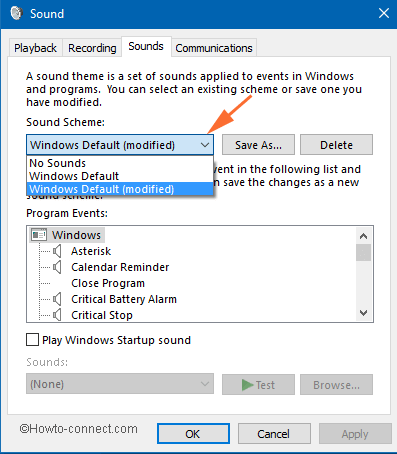



Type change system sounds in the Windows search box and click on Change system sounds. Move the audio file (in WAV format) to Local (C:) > Windows > Media and follow the steps below to change your PC’s startup sound to the new custom sound.ġ. If you’d be converting audio files very often, you should check out some great software apps that let you effortlessly convert music files to different formats. We recommend that you keep the file size small, less than 1 MB if possible.į has an online WAV compressor tool for shrinking WAV files. If you have an MP3 file, you can convert it to WAV format easily using a free online tool like. The audio file must be located in the C:\Windows\Media folder of your computer.So, all the necessary melodies used in early versions of 'Windows' are collected here. The original archive is called AeroXP, but we have repackaged it slightly. But it’s a pretty straightforward process.īefore we get into the details, there are some things you need to know. If you need sounds from XP for a full Windows 10, 8 or 7 design, this file is a real masthead. Using a custom or third-party song/music as your Windows Logon sound can get a little tricky and requires some extra effort. On the Properties window, go to the Enhancements tab and mark the checkbox next to Equalizer on the menu. Next, select the Playback tab, find your speakers, right-click on them, and choose Properties. How to Set a Custom Sound as Your Windows 10 Startup Sound To use the tool, locate the speaker icon in the taskbar, right-click on it, and select Sounds. wav files folder into foobar2000 to test them all out side by side with the Test button in the. wav files, and you can't move them around after you've set the sounds. If you’d rather use a custom or third-party audio as your PC’s startup or shutdown sound, follow the steps in the next section. Windows key + R > control > Sound > Sounds tab > Highlight the sound you want to change > Browse to your specific XP.


 0 kommentar(er)
0 kommentar(er)
